Ex-Google employee reveals how they plotted to kill Internet Explorer 6
By MYBRANDBOOK
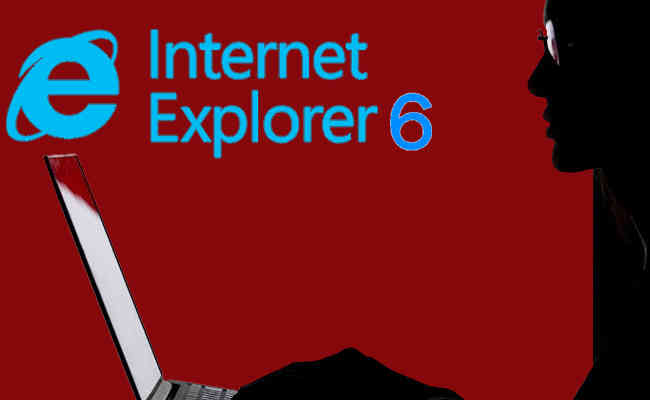
A former Google employee has revealed how a group of engineers designed to kill Microsoft’s Internet Explorer 6 on its YouTube platform nearly 10 years ago on a report.
According to the report Saturday, YouTube in 2009 started displaying a banner to Internet Explorer 6 users, warning that support for Microsoft’s browser would be “phasing out” soon.
Google bought YouTube for $1.65 billion in 2006.
Frustrated by supporting the aging browser, “we began collectively fantasizing about how we could exact our revenge on IE6”, revealed Chris Zacharias, a former Google and YouTube engineer.
“The plan was very simple. We would put a small banner above the video player that would only show up for IE6 users,” he was quoted as saying.
The message appeared on all YouTube pages - “at a time when IE6 users represented around 18 % of all YouTube traffic”.
YouTube engineers created a special set of permissions called “OldTuber”, so they could bypass Google’s code enforcement policies and make changes directly to the YouTube codebase with limited code reviews.
“We saw an opportunity in front of us to permanently cripple IE6 that we might never get again,” Zacharias said.
Two Google lawyers wanted to know why YouTube had the banner in place. “They immediately demanded that we remove the banner,” said Zacharias.
“The lawyers were worried that Chrome was being promoted first as an alternative browser, prompting fears about EU regulators looking for anti-competitive behaviour,” the report noted.
YouTube engineers, however, had programmed the banner to randomly display browsers like Firefox, Internet Explorer 8 and Opera. The result was a massive dip in Internet Explorer 6 traffic to YouTube.
“Within one month, our YouTube IE6 user base was cut in half and over 10 % of global IE6 traffic had dropped off while all other browsers increased in corresponding amounts,” informed Zacharias.
Google Chrome web browser, which is the leader today, was first released in September 2008 for Windows XP and later, with 43 supported languages, in December 2008.


Legal Battle Over IT Act Intensifies Amid Musk’s India Plans
The outcome of the legal dispute between X Corp and the Indian government c...

Wipro inks 10-year deal with Phoenix Group's ReAssure UK worth
The agreement, executed through Wipro and its 100% subsidiary,...

Centre announces that DPDP Rules nearing Finalisation by April
The government seeks to refine the rules for robust data protection, ensuri...

Home Ministry cracks down on PoS agents in digital arrest scam
Digital arrest scams are a growing cybercrime where victims are coerced or ...

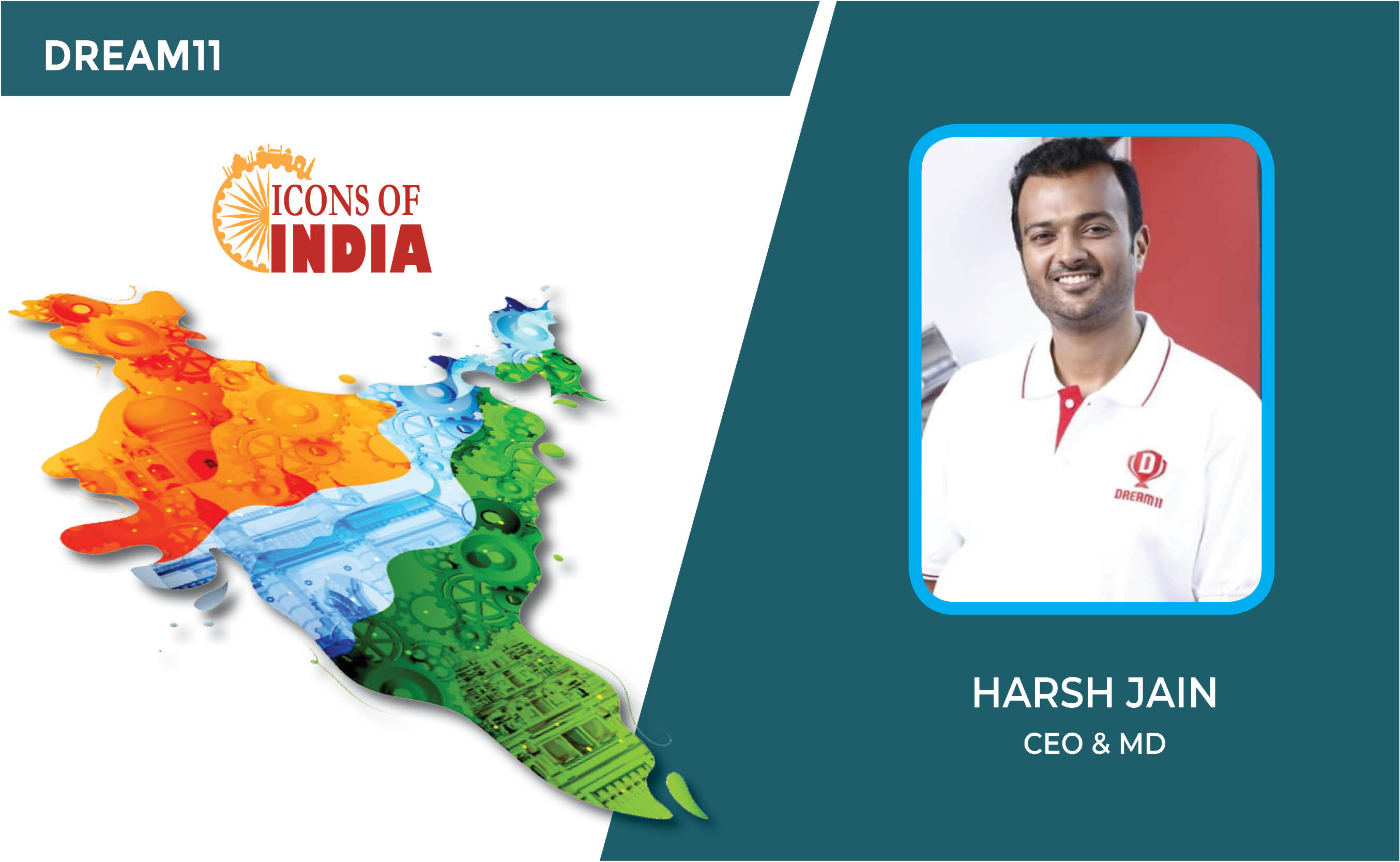
Icons Of India : Harsh Jain
Harsh Jain, the co-founder of Dream 11, the largest fantasy sports web...
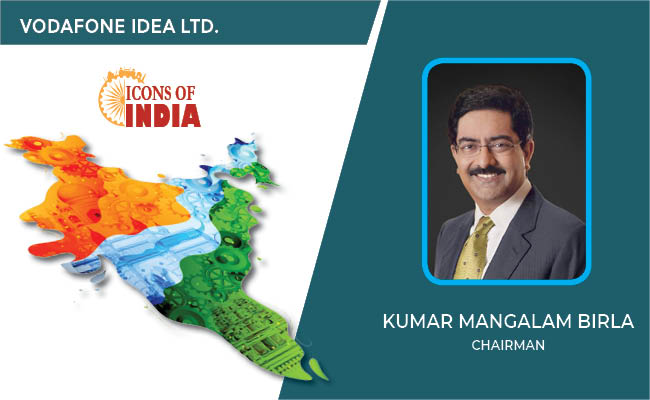
Icons Of India : Kumar Mangalam Birla
Aditya Birla Group chairman Kumar Mangalam Birla recently made a comeb...

ICONS OF INDIA : SANDIP PATEL
Sandip Patel is the Managing Director for IBM India & South Asia regio...


C-DAC - Centre for Development of Advanced Computing
C-DAC is uniquely positioned in the field of advanced computing...
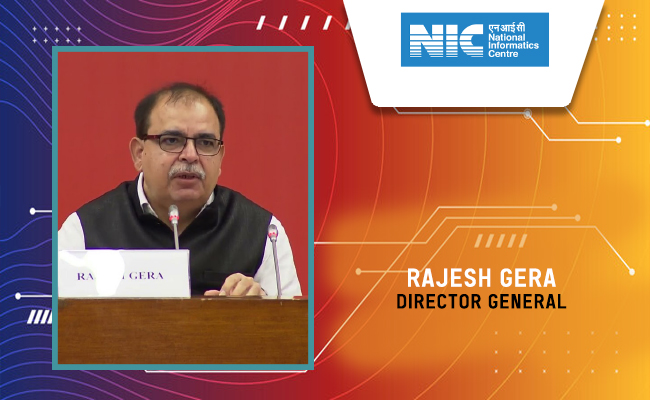
NIC - National Informatics Centre
NIC serves as the primary IT solutions provider for the government of ...

DRDO - Defence Research and Development Organisation
DRDO responsible for the development of technology for use by the mili...


Indian Tech Talent Excelling The Tech World - Soni Jiandani, Co-Founder- Pensando Systems
Soni Jiandani, Co-Founder of Pensando Systems, is a tech visionary ren...
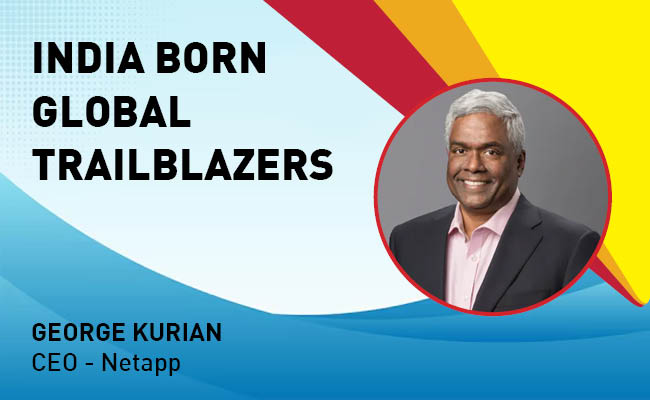
Indian Tech Talent Excelling The Tech World - George Kurian, CEO, Netapp
George Kurian, the CEO of global data storage and management services ...

Indian Tech Talent Excelling The Tech World - NIKESH ARORA, Chairman CEO - Palo Alto Networks
Nikesh Arora, the Chairman and CEO of Palo Alto Networks, is steering ...
 of images belongs to the respective copyright holders
of images belongs to the respective copyright holders